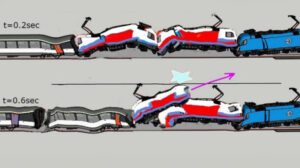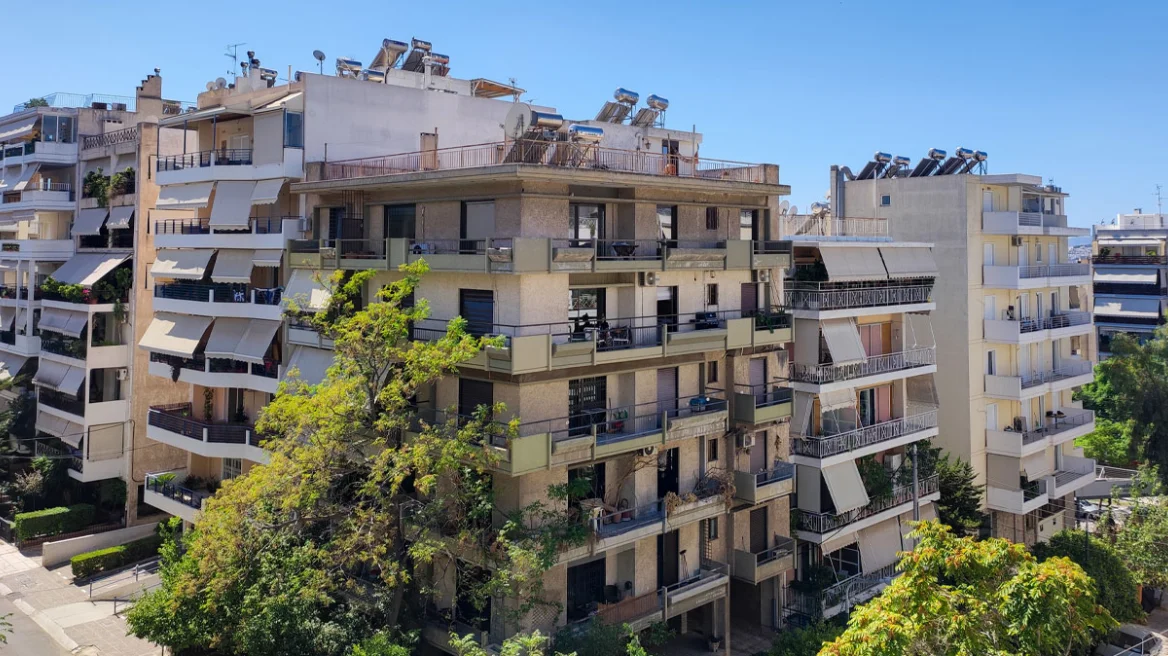The report of the National Air and Rail Accident Investigation and Transportation Safety Agency (EODASAM), published today, analyses in detail the long-standing pathologies of the Greek railways and the sequence of human errors that led to the tragic accident at Tempi, where 57 people died.
In the 178-page report presented today at the ESIEA offices, two years after the tragedy, there is a wealth of findings, simulations, and analysis aimed at a conclusion. The report was presented today by ERA’s President Christos Papadimitriou, ERA’s Head of Investigations Unit Kosta Kapetanidis, as well as members of the Investigation Committee and ERA executives Bart Accou and Fabrizio Carpinelli.
See here the full conclusion of the EODASAM in English. The Greek version will follow in the coming days.
One of the main topics of the report concerns the pyrosphere caused after the collision of the two trains. As reported, simulations and special analyses indicate the possible existence of unknown fuel, which requires further investigation. Experts estimate that of the 57 victims, 5 to 7 likely died due to the fire that followed the collision.
In one particular image, in fact (66), evidence of the combustion of two different fuels is shown. One leaves a black and the other a white residue.
All the images and findings of the EODASAM are presented in the finding
See in detail:
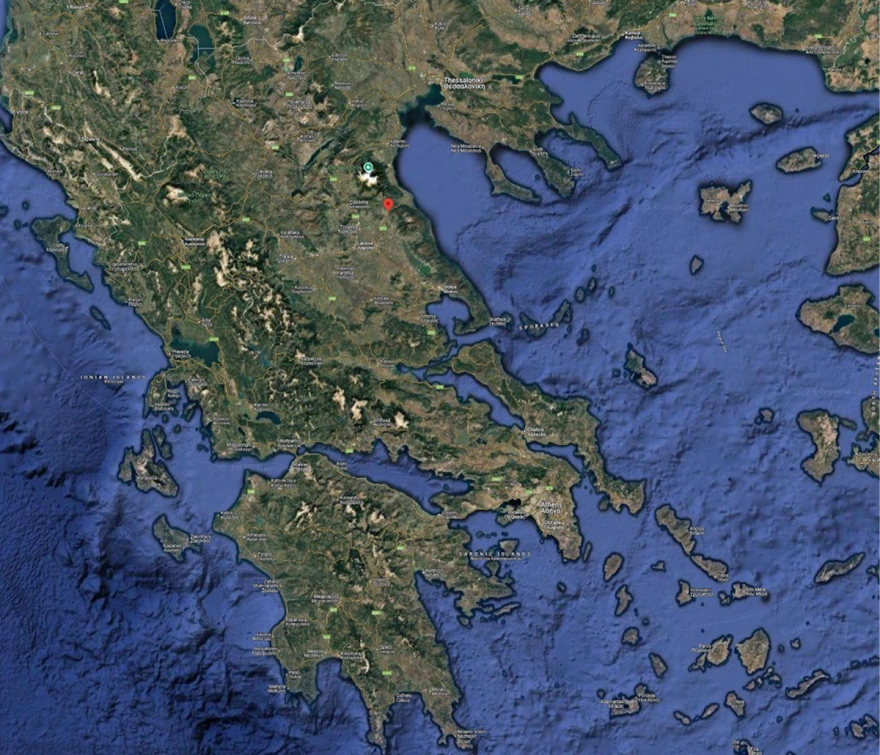
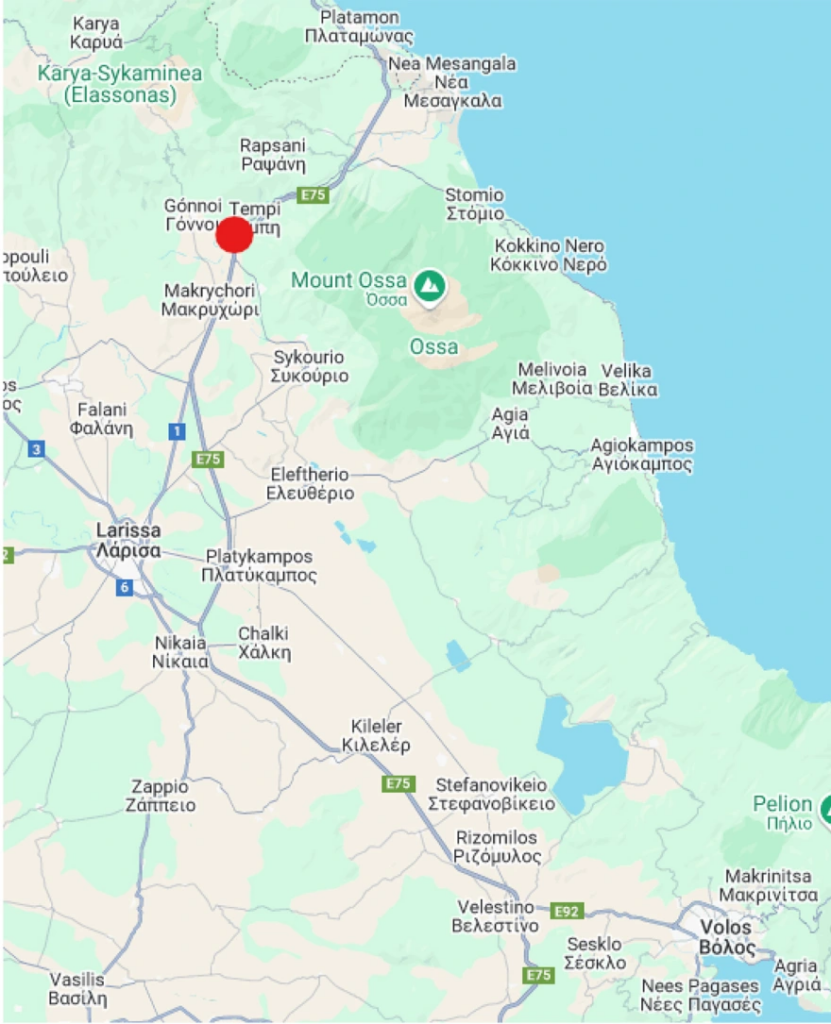
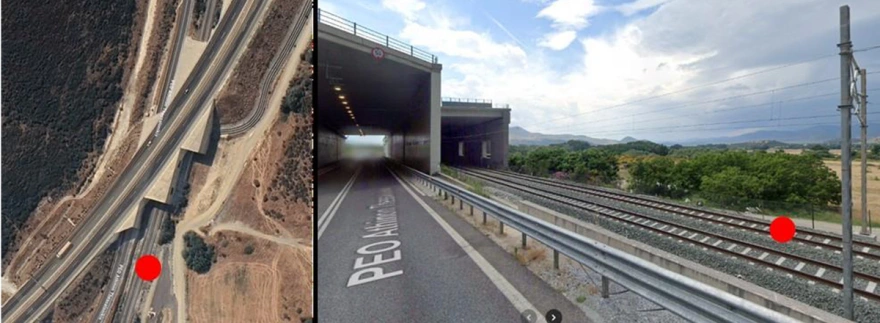
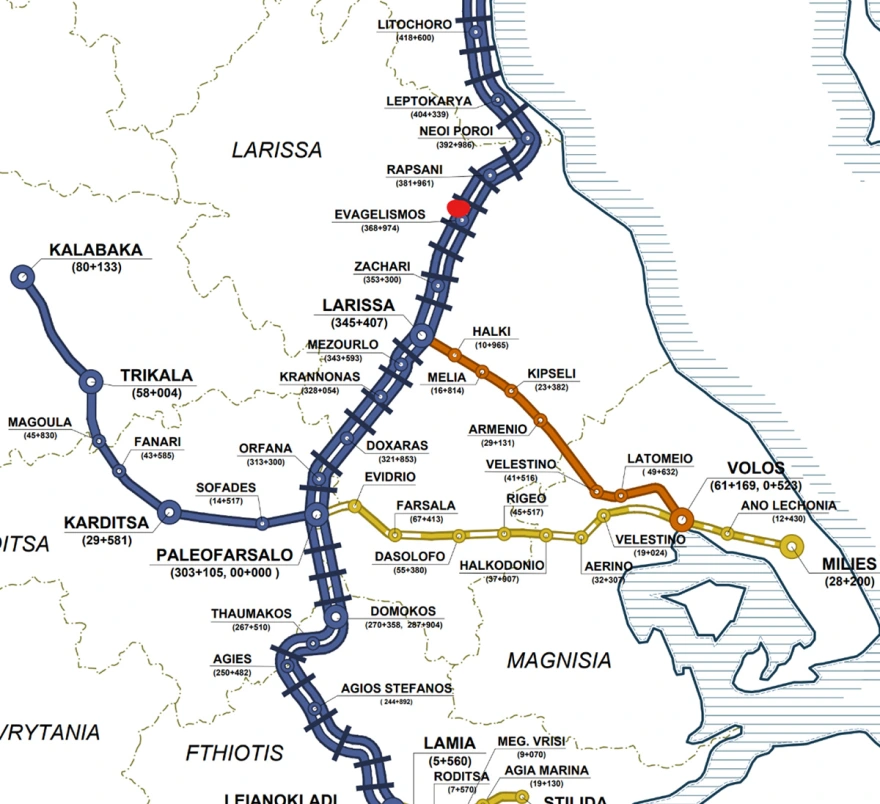
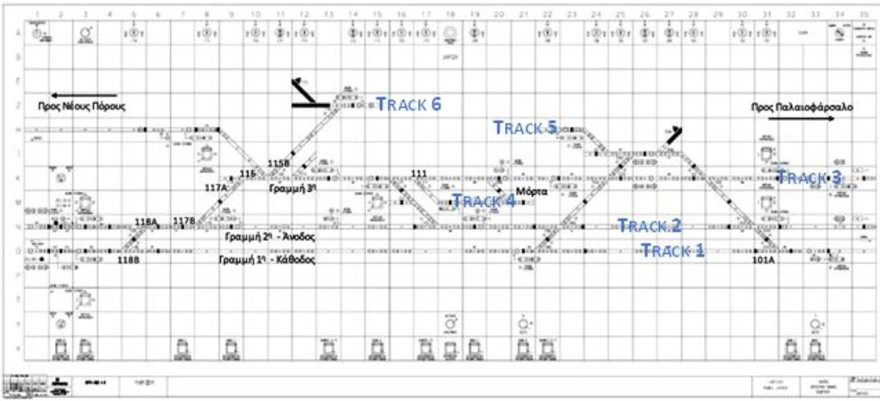
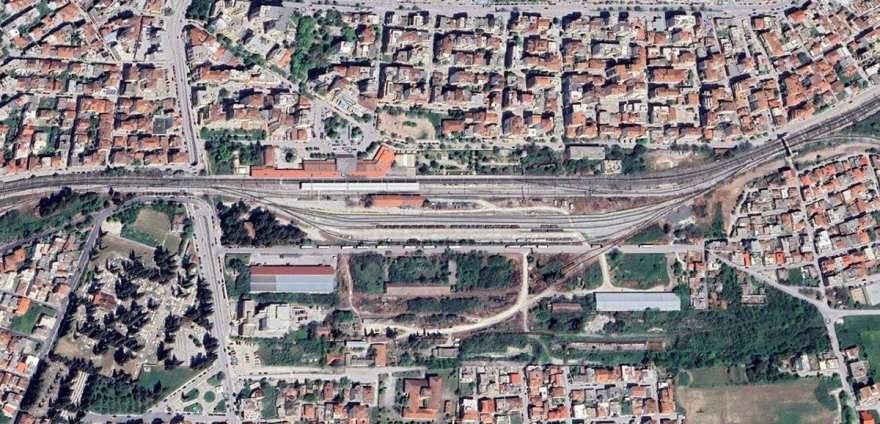
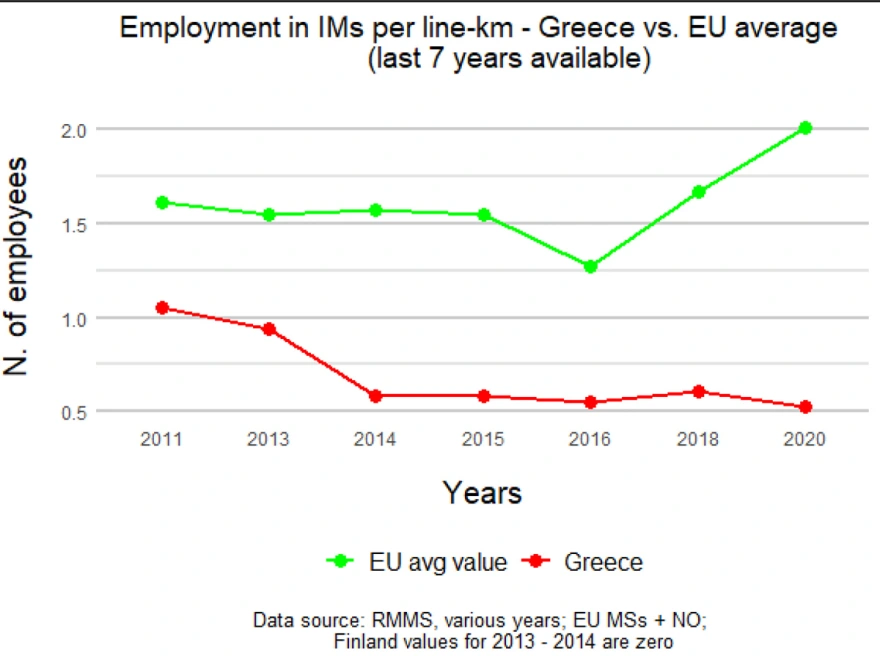
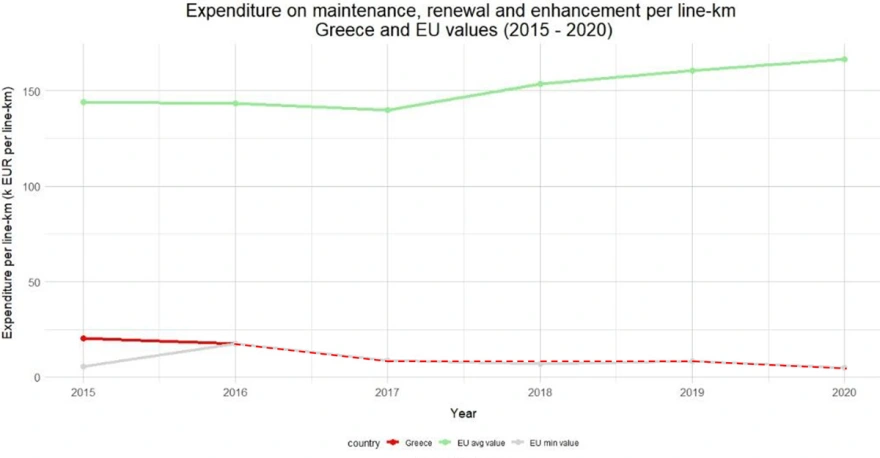
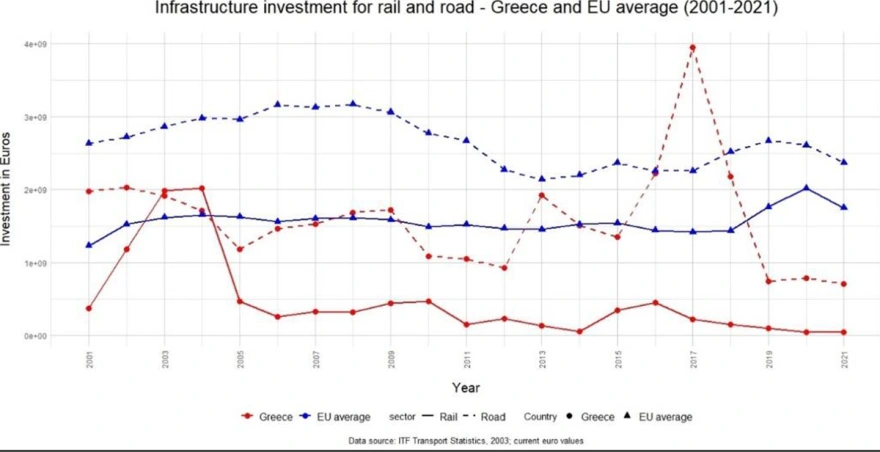
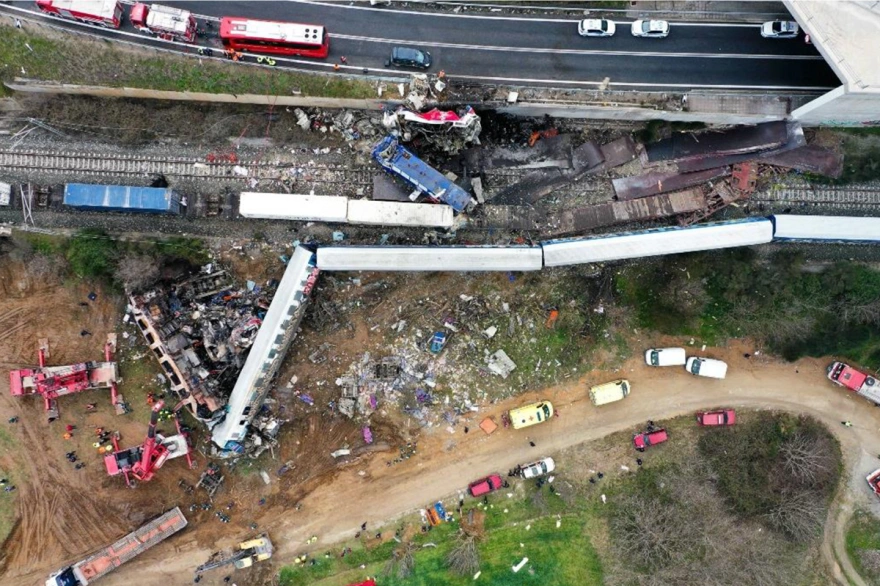
The stationmaster’s mistakes, what the driver didn’t do
The finding also points to significant gaps in staffing and control procedures. As noted, the delay in implementing Contract 717, which involved the development of critical safety systems, played a key role in the tragedy.
In addition, the Greek rail networkhad already suffered significant impacts from the economic crises that began in 2009 and peaked in 2010. This situation led to chronic problems in network maintenance, the continuous deterioration of infrastructure and a permanent shortage of staff.
According to investigators, the system was not able to fully recover until early 2023, which contributed to the conditions that led to the crash.
As stated in its summary of the finding, the Larissa stationmaster did not use the automated method to set the route for the IC-62 train to leave Larissa station northbound to Nei Pori, based on which all changes would have been properly adjusted. Instead, he handled the individual changes manually and, while doing so, he forgot to place the 118 A/B changes in the ‘main’ position, thus driving the IC-62 train in the opposite direction to the normal route. This error continued to go unnoticed by the stationmaster after IC-62 departed.
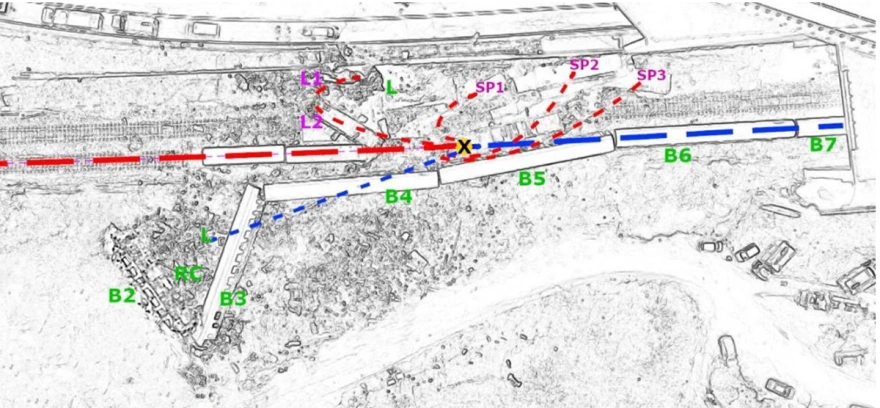
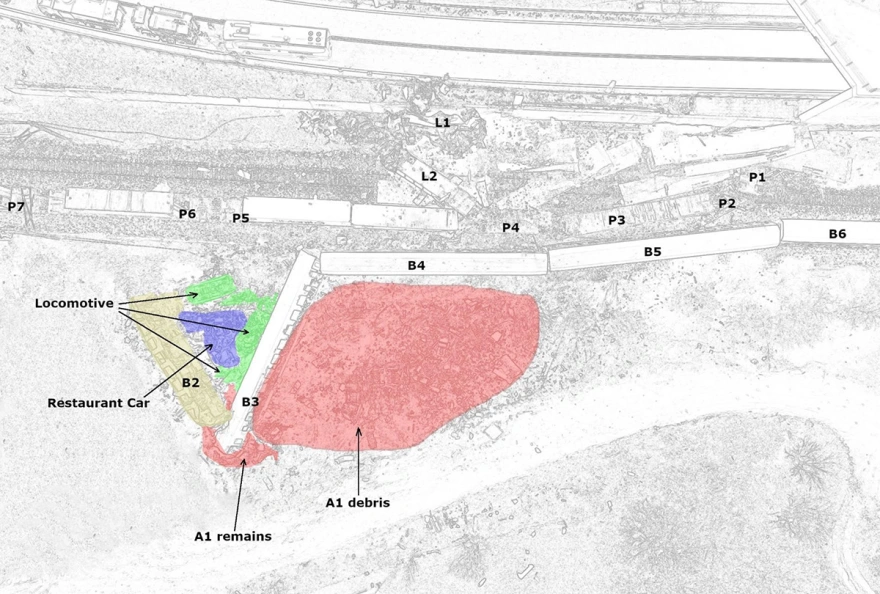
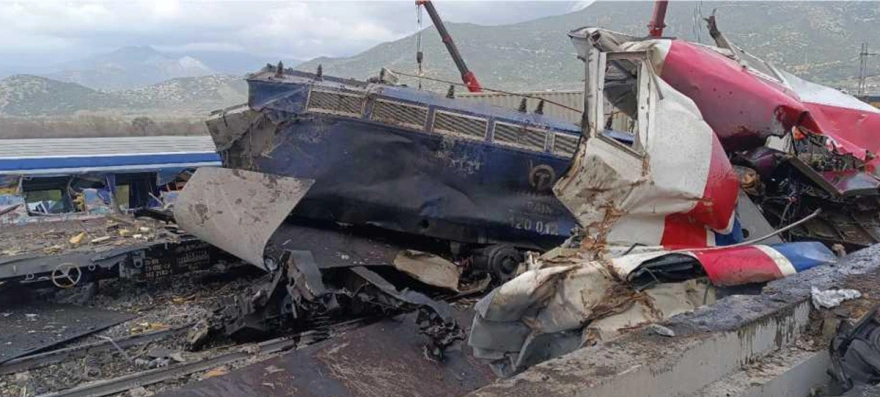
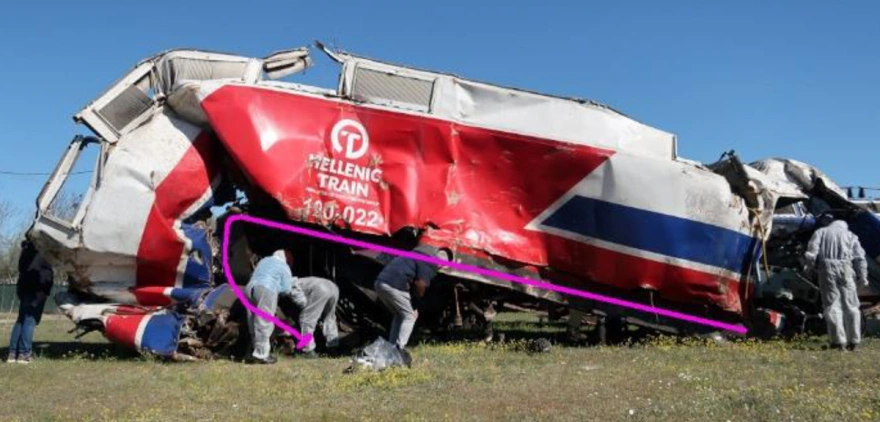
The same summary notes “these actions and decisions of the station master must be understood in the difficult operational context he had to deal with that night. Given the available evidence, it is highly unlikely that the stationmaster intended to put the IC-62 train on the opposite track. The control panel he had to use to remotely manipulate the switches may be easy to use by more experienced stationmasters, but can lead to confusion when the stationmaster is not experienced enough. This was the case for the stationmaster on that shift, as the control panel contained useful information in different places, alternate ways of operating the changes were used, and there were no clear written instructions.”
As noted in the finding: “Ultimately, the potential barrier where IC-62 drivers could have reacted to conflicting information between switch location and the granted movement authorization was lost. Although they would have been expected to stop in front of the misplaced 118 A/B switches and contact the stationmaster to receive clear instructions, there is no indication that the IC-62 train drivers reacted to the switch location that was inconsistent with the received command. The main factor that may explain this is that it was not unusual for the engineers to be directed to the opposite line. This had happened earlier in the day on the section in question, between Larissa and Nea Poron, and for the drivers involved even on the section they were driving to reach Larissa station from Paleofarsalo.”
Ask me anything
Explore related questions
